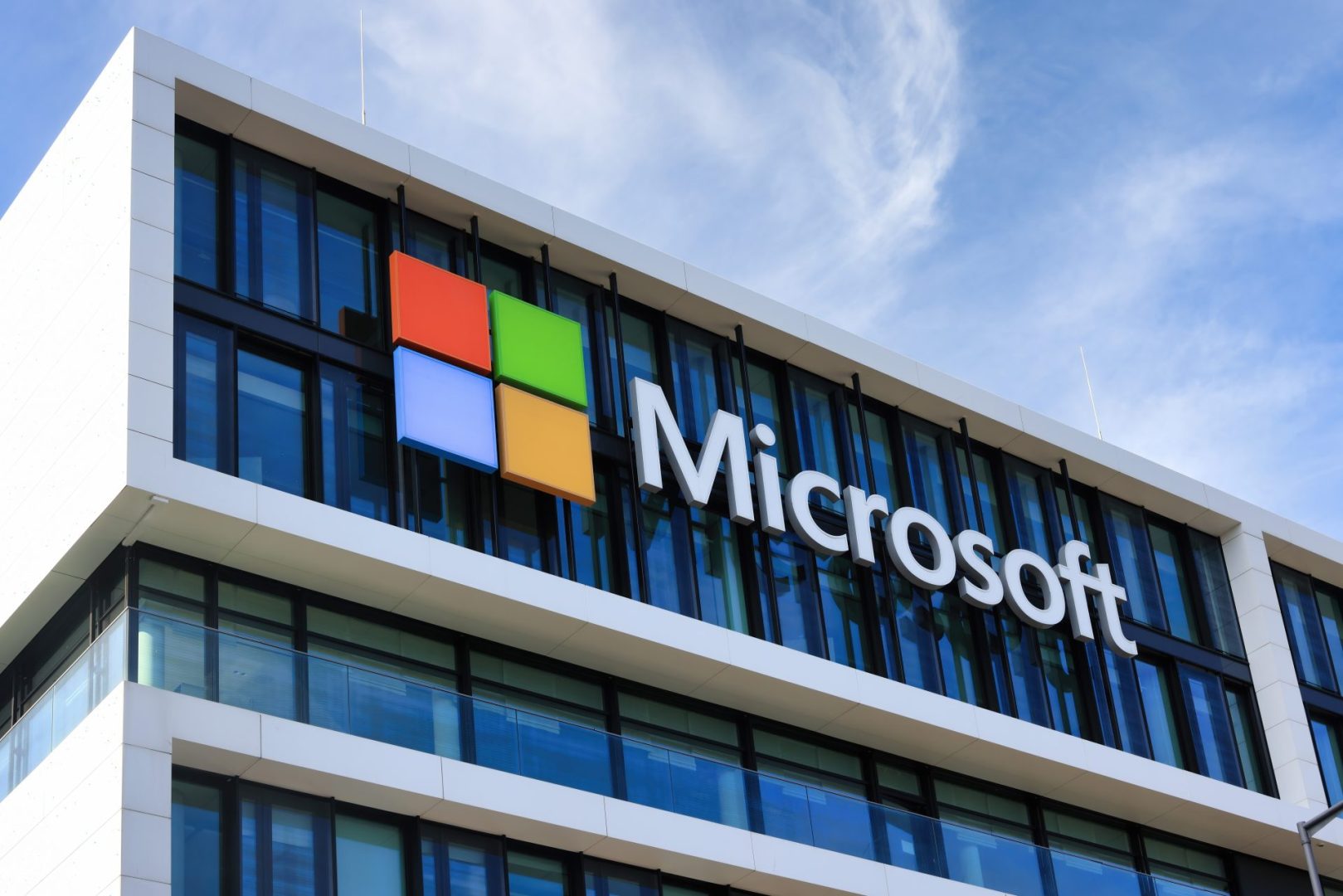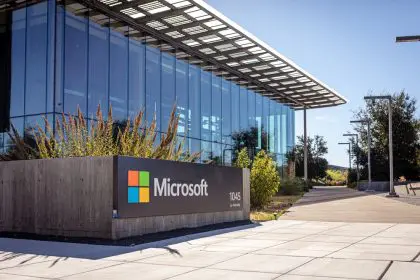The tech world was rocked this week as Microsoft delivered devastating news to approximately 9,000 employees, announcing another massive round of layoffs that will impact workers across the globe. The announcement comes at a particularly jarring time, as the software giant continues to post record-breaking profits while simultaneously slashing its workforce with ruthless efficiency.
The latest cuts represent nearly 4% of Microsoft‘s entire global workforce, affecting employees across different teams, geographic locations, and experience levels. This shocking development marks yet another chapter in what has become a relentless pattern of workforce reductions at one of the world’s most valuable companies.
The timing couldn’t be more controversial
Microsoft’s decision to announce these layoffs on the second day of its 2026 fiscal year has left many industry observers questioning the company’s priorities. The Redmond, Washington-based tech behemoth has made it a tradition to unveil major organizational changes at the start of each fiscal year, but this latest move has drawn particularly sharp criticism given the company’s financial performance.
The company’s spokesperson attempted to justify the cuts with corporate speak, stating that Microsoft continues to implement organizational changes necessary to position the company and teams for success in a dynamic marketplace. However, this explanation rings hollow when considering the company’s extraordinary financial success.
A devastating pattern emerges
What makes these layoffs particularly troubling is that they represent just the latest in a series of workforce reductions that have become disturbingly routine at Microsoft. The company has already conducted multiple rounds of layoffs throughout this calendar year, creating an atmosphere of uncertainty and fear among remaining employees.
- January cuts: The company eliminated less than 1% of its workforce based on performance evaluations
- May massacre: More than 6,000 employees lost their jobs in a single devastating announcement
- June continuation: At least 300 additional workers were shown the door
- July shock: The latest 9,000 layoffs represent the most significant cut yet
The pattern becomes even more disturbing when viewed in historical context. Microsoft employed 228,000 people as of June 2024, but the company has been systematically reducing this number despite growing revenues. In 2023, the company laid off 10,000 workers, and the most dramatic workforce reduction came in 2014 when 18,000 employees were eliminated following the acquisition of Nokia’s devices and services business.
Gaming division bears the brunt
Phil Spencer, Microsoft’s CEO of gaming, delivered particularly harsh news to employees in his division. In a memo that exemplified corporate callousness, Spencer explained that the gaming division would end or decrease work in certain areas while following Microsoft’s lead in removing layers of management to increase agility and effectiveness.
The gaming division’s restructuring reflects a broader corporate strategy focused on flattening organizational hierarchies. Microsoft has been systematically reducing the number of management layers between individual contributors and top executives, a move that sounds efficient on paper but has devastating real-world consequences for thousands of families.
The profits don’t lie
What makes these layoffs particularly galling is Microsoft’s extraordinary financial performance. The company reported nearly $26 billion in net income on $70 billion in revenue for the March quarter alone. These numbers weren’t just good—they were spectacular, exceeding Wall Street’s consensus estimates by significant margins.
Microsoft’s financial success has kept it ranked as one of the most profitable companies in the S&P 500 index, according to data compiled by FactSet. The company’s executives have called for approximately 14% year-over-year revenue growth in the June quarter, driven by expected expansion in Azure cloud services and corporate productivity software subscriptions.
The stock market has rewarded Microsoft’s aggressive cost-cutting measures, with shares reaching a record high of $497.45 per share on June 26. While the stock closed down 0.2% on Wednesday following the layoff announcement, it has vastly outperformed broader market indices over the past year.
Industry-wide carnage
Microsoft’s actions aren’t happening in isolation. The tech industry has been experiencing a wave of workforce reductions that has left thousands of talented professionals searching for new opportunities. Autodesk, Chegg, and CrowdStrike are among other software providers that have announced significant layoffs in 2025.
The broader economic picture adds another layer of complexity to these decisions. ADP reported that the U.S. private sector lost 33,000 jobs in June, a shocking development that contradicted economists’ predictions of a 100,000 job increase. This data suggests that the tech industry’s aggressive cost-cutting measures are contributing to broader economic uncertainty.
The human cost of corporate efficiency
Behind every layoff statistic lies a human story of disruption, financial stress, and career uncertainty. The 9,000 Microsoft employees who received termination notices this week represent thousands of families whose lives have been upended by corporate decisions made in boardrooms far removed from the daily realities of working life.
These aren’t just numbers on a spreadsheet—they’re experienced professionals who have contributed to Microsoft’s success, many of whom have dedicated years or even decades to the company. The emotional toll of these layoffs extends far beyond the individuals directly affected, creating anxiety and uncertainty among remaining employees who wonder if they’ll be next.
Questions about corporate responsibility
Microsoft’s decision to pursue aggressive layoffs while posting record profits raises fundamental questions about corporate responsibility and stakeholder capitalism. The company’s leadership has consistently emphasized its commitment to empowering every person and organization on the planet to achieve more, yet these actions seem to contradict that mission when it comes to their own employees.
The disconnect between Microsoft’s public messaging about empowerment and opportunity and its internal actions toward its workforce has not gone unnoticed by industry observers and employee advocacy groups. Critics argue that the company’s focus on maximizing shareholder value has come at the expense of the very people who drive its innovation and success.
Looking ahead
As Microsoft moves forward with these layoffs, the tech industry will be watching closely to see how the company manages the transition and whether these cuts ultimately deliver the promised benefits to shareholders. The company’s ability to maintain its innovative edge while operating with a reduced workforce remains an open question.
The human impact of these decisions will likely be felt for months or even years to come, as displaced employees navigate a challenging job market and remaining workers grapple with increased responsibilities and heightened job insecurity. Microsoft’s latest layoffs serve as a stark reminder that even the most successful companies are not immune to the pressures of Wall Street expectations and the relentless pursuit of ever-greater profits.


















